According to the Uninsured Motorist Statistics for 2019, 13% of drivers in the U.S. do not have insurance.
For those that do have auto insurance, do they have enough insurance in case of an accident or injury?
Have you ever thought about who pays for your losses if you are injured in an auto accident?
Normally, if you are injured in an auto accident, your attorney submits your claim to the at-fault insurance company. A settlement offer is then made based largely on your current and future losses. So, what happens when your losses exceed the at-fault driver’s insurance policy?
This is when your underinsured insurance policy should kick in. However, if you waived your underinsured coverage you are left vulnerable and your settlement will likely go to everyone else but you.
Yes, you read that right. I’ll bet you’re wondering who gets your money. First and foremost, your health insurance will seek reimbursement for the medical expenses they paid. This is known as subrogation (more to come on subrogation in a later issue).
Next, you will need to pay for any other liens, including but not limited to, hospital liens and short-term or long-term disability liens. Lastly, you will have to pay your attorney’s fees.
With underinsured coverage, you are not just limited to the at-fault driver’s insurance because you can now make a claim under your underinsured policy. Note: your underinsured policy is typically the same amount as your bodily injury coverage unless you opt for more coverage or waive the underinsured coverage.
Luckily, underinsured motorist coverage is required in Utah, unless YOU waive it in writing with your insurance company. Before you even think about waiving, remember that while 87% of at-fault drivers are insured, they almost never have enough insurance to cover the losses suffered by our injured clients.
Disclaimer: This article is not intended to be used as legal advice and is not a blanket for every situation. You should always consult with your attorney.

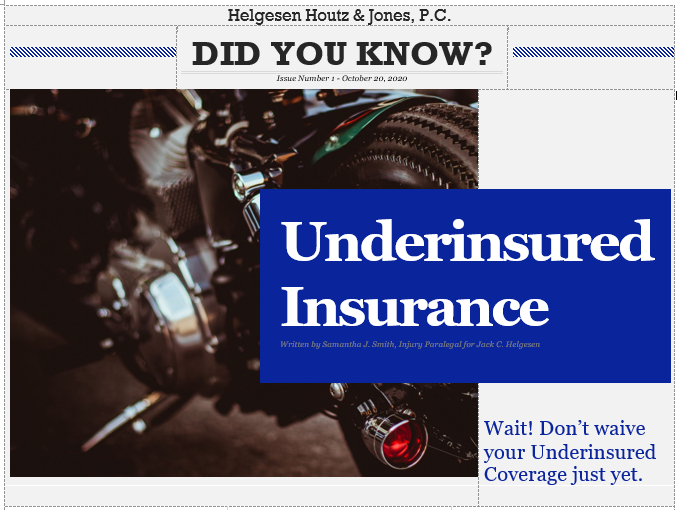
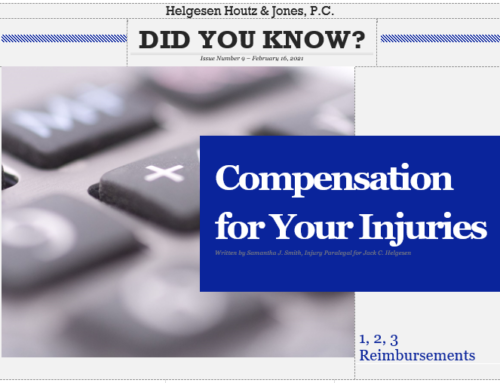
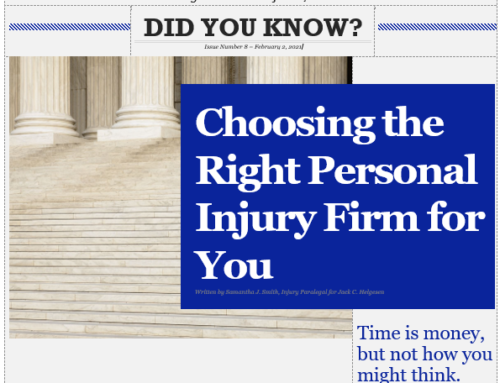
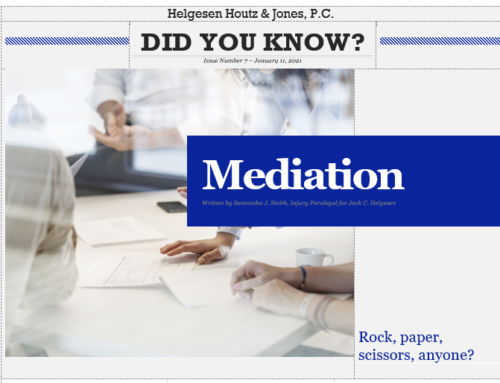
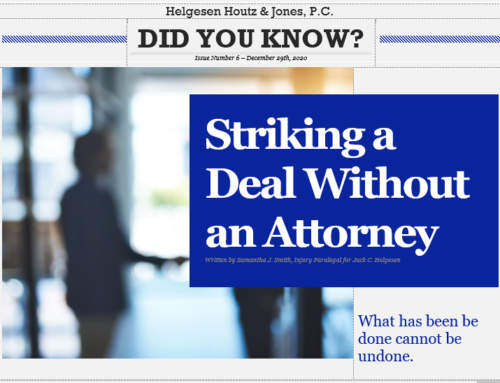
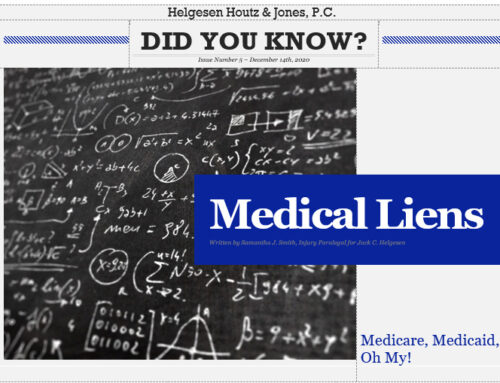
Leave A Comment